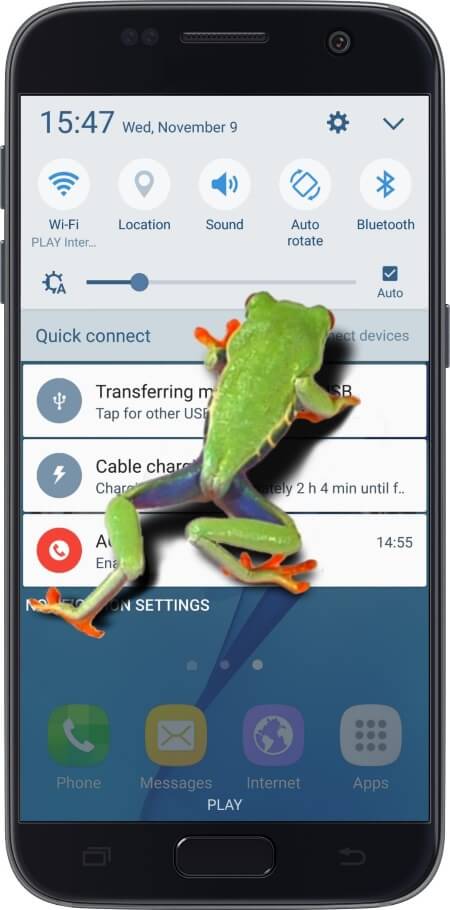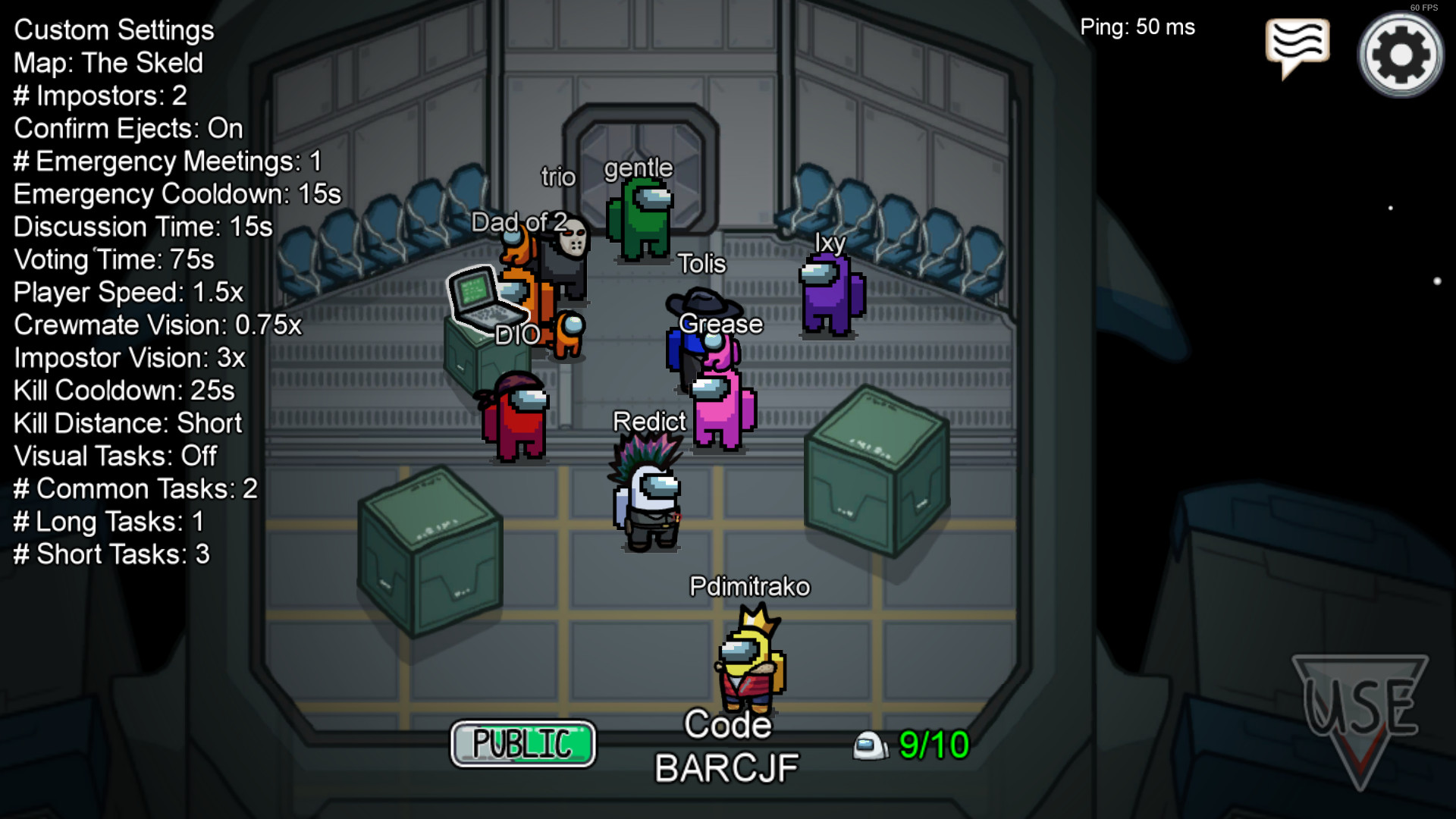

He hasn’t touched the prize money at all.
#GAME MAKER WALKING PLAYER SCREEN WRAP FULL#
The story then flashes forward a full year later, with Gi-hun looking destitute. He gets to his house and discovers that in his absence, his mother has died. One Year Later NetflixĪs promised, Gi-hun is allowed to leave with his life and with the prize money, but when he returns home, he’s almost in a daze. But Sang-woo, now filled with regret, plunges the knife into his own throat, thus ending the game and determining Gi-hun the winner. He wants them both to walk away with their lives and without the prize money. But Gi-hun refuses to kill Sang-woo, and also refuses to win the game, which would trigger Sang-woo’s death. Gi-hun is enraged by Sang-woo’s cruel act of violence, and the two have a brutal fight that ends with Sang-woo on the ground and Gi-hun holding a knife. The rules are explained that the winner is determined either by Gi-hun making it to the top of the squid drawn on the ground, or by one of the players killing the other. The final game is, of course, Squid Game, and after a coin toss, Gi-hun takes the offensive position. The final episode of “Squid Game” finds Seong Gi-hun (Lee Jung-jae) and Cho Sang-woo (Park Hae-soo) as the two remaining contestants of the deadly competition, with Sang-woo having murdered Kang Sae-byeok (Jung Ho-yeon) in an effort to get closer to the prize money. If(!surface_exists(global.Inside ‘Squid Game': How Netflix’s Korean Dystopian Thriller Took Over the World The Last Game Netflix If the occlusion surface was lost: recreate it. u_OcclusionMask = shader_get_sampler_index(shader_silhouette,Įach game cycle, the occlusion surface will need to be cleared. In this example, shader_silhouette is our shader, and u_OcclusionMask is the name of the sampler2D variable that is defined in the shader. Wherever you create the occlusion surface, also create a parameter which will allow binding the occlusion surface to a shader variable. Surface_get_height(application_surface)) Surface_create(surface_get_width(application_surface), Note to self: Wrapping this in scripts would be a nice bit of cleanup work! global.occlusion_surface = For Dungeon Rustlers, I used a persistent “game manger” object which handles this type of global work.

#GAME MAKER WALKING PLAYER SCREEN WRAP CODE#
A reference to the surface is stored in a global variable because it will be referenced by other objects in random code locations.

The occlusion surface is allocated at the start of the room and is the size of the application surface. The Occlusion SurfaceĮach game step, every tile which can occlude other objects, will need to render itself to a special surface – the occlusion surface. If you aren’t familiar with surfaces in GameMaker Stuido – I highly suggest you get acquainted with them before continuing any further. Blend the two surfaces together with a custom shader – drawing silhouettes where appropriate.Draw actors (player, enemies, portals) to an actor surface.Draw occluding tiles (statues, pillars, upper tiered floors) to an occlusion surface.We pull this off using the following steps: The core goal of this idea is to NOT draw pixels of the occluded sprite and instead, draw some type of silhouette. Silhouettes, Surfaces and Shaders – Oh My! Not cool! We want to be able to see that the player is behind the statue. Here’s an example of the problem, notice how the player disappears behind the statues. So, what is the problem we’re trying to solve? When the player (or any NPC) walks “behind” something in the level, we’d like see a silhouette rather than nothing. The occlusion methods described in this article only apply to tile-based collision systems. Instead, everything was based on tiles, using tile-based collision techniques. In Dungeon Rustlers we did not use objects for in-level props.
/cdn.vox-cdn.com/uploads/chorus_image/image/64799896/onward.0.jpg)
In addition, some levels have multiple tiers with the possibility for catwalks covering lower tiers. Within a level, there were tiles that the player and enemies could walk behind – such as pillars. In Dungeon Rustlers, I wanted the player to still be able to see sprites when they were behind certain tiles. It has many useful features and one in particular we’ll talk about today: custom shaders. We used Game Maker Studio 2 for the development platform. The latest Zimventure, Dungeon Rustlers, is a video game that I’ve been co-developing with my friend Derrick Schommer.


 0 kommentar(er)
0 kommentar(er)
